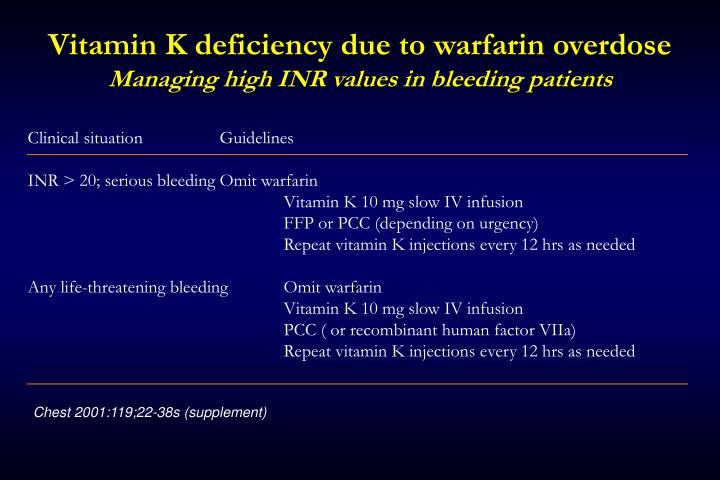


Explain the reason for the consultation.Confirm the patient’s name and date of birth.

Introduce yourself to the patient including your name and role.Wash your hands and don PPE if appropriate.Left ventricular ejection fractionMitral, tricuspid or pulmonary position.**Patient-related risk factors for thrombosis: High: Starr-Edwards, Omniscience, Lillehei-Kaster.Medium: Bjork-Shiley, other bileaflet valves.Low: Carbomedics (aortic position), Medtronic Hall, St Jude Medical (without silzone).Mitral or Tricuspid Valve Replacement, or Target INR range based on indications Target INR in mechanical heart valve replacement Mechanical Prosthesis thrombogenicity* To minimize cardioversion cancellations due to low INRs on the day of the procedure we recommend a target INR of 3.0 prior to the procedure and 2.5 afterward (Oxford guidelines). Warfarin is not usually indicated for ischaemic stroke without atrial fibrillation (except in antiphospholipid syndrome), retinal vessel occlusion, peripheral artery thrombosis, coronary artery graft or coronary angioplasty, and stents.Īnticoagulation for 4 weeks before and for 3 months afterward. *The 2016 European Society of Cardiology (ESC) guidelines on cardioversion state that patients who have been in AF for longer than 48 hours should start OAC therapy at least 3 weeks before cardioversion and continue for 4 weeks afterwards (in those without a need for long-term anticoagulation).Ītrial fibrillation Anticoagulation is normally offered to patients with a CHADSVASc score ≥ 2 and considered in men with a CHADSVASc score of 1. Others are: Recurrent VTE (DVT or PE) despite adequate anticoagulation any changes in the patient’s clinical condition.Before adjusting the dose of warfarin the physician should review:


 0 kommentar(er)
0 kommentar(er)
